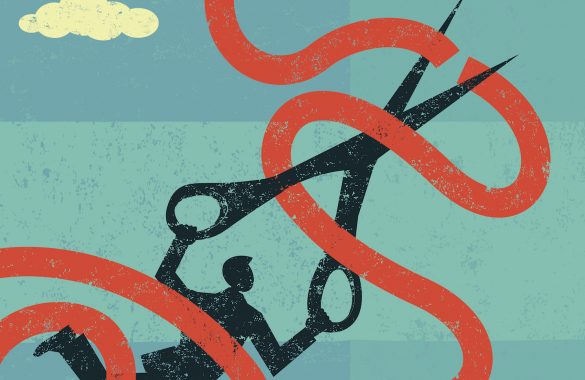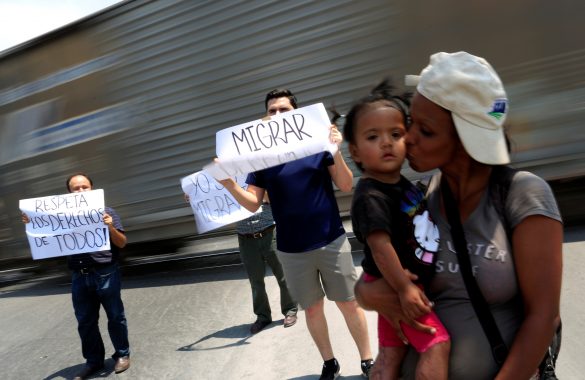Health clinics that serve unauthorized immigrants often see their patients avoid seeking care when immigration enforcement is active nearby. IPL researchers looked for this trend in the San Francisco Bay Area and found no sign that immigrants there reduce their use of health services at times when they might have greater reason to fear deportation. It could be that the city's inclusive health system and welcoming climate act as a buffer against these otherwise threatening events.
When refugees are resettled in the United States, they're assigned to live in a specific location. But many refugees move to a different state within their first several years in the country. What are they looking for? According to a new dataset on nearly 450,000 refugees, they mostly seek two things that will help them rebuild their lives: better job markets and others from their home country.
The United States has seen a rise in political rhetoric and federal policy based on the “welfare magnet” idea that immigrants pose a fiscal challenge to social safety net programs, especially publicly funded health coverage. But is there any evidence of this? IPL studied the state-by-state expansion of Medicaid to include recently arrived immigrants, and the results suggest that immigrants don’t strategically move to other states to claim these benefits.
Public benefits often come with complicated eligibility requirements and application processes, which end up deterring the people who need them most. A federal fee waiver program allows low-income immigrants to apply for citizenship at no cost, but it's surprisingly underused. When USCIS streamlined the process to request a fee waiver, naturalization rates rose among people who usually face the greatest barriers to citizenship.
For low-income immigrants, the path to U.S. citizenship can be full of obstacles, starting with high cost of applying. A federal fee waiver program allows some of them to apply for free, yet their application rates remain low. IPL researchers found that providing them with information at an opportune moment can make a big difference in encouraging them to apply.
With greater recognition that prenatal care is essential for newborns’ health, more states have expanded coverage to include unauthorized immigrant women. While motivated by concern for future U.S. citizen children, these programs have long-term, life-changing benefits for mothers as well.
Gaining citizenship can bring profound, lifelong benefits, but this door to opportunity remains closed to many low-income immigrants. What forms of assistance and encouragement lift the barriers to naturalization? To find out, we’ve partnered with local government in developing an innovative program offering vouchers and other incentives to citizenship-eligible residents of New York, home to the nation’s second-largest immigrant population.
Should unauthorized immigrants who were brought to the United States as children be granted permission to live and work in the country? In the heated debate over Deferred Action for Childhood Arrivals (DACA), it is often overlooked that these young adults are also raising children who are U.S. citizens. IPL examined the intergenerational health effects of DACA to find out how these children's lives change when their parents no longer fear being deported.
When California moved to make driver’s licenses available to unauthorized residents, critics raised an outcry: the law, they said, would flood the roads with inexperienced, uninsured drivers and lead to more accidents. Two years and more than 800,000 licenses later, those fears are largely unfounded, IPL researchers found. Our study also revealed a 10 percent decrease in the rate of hit-and-run accidents in the law’s first year, which adds up to savings of $3.5 million in out-of-pocket expenses for California drivers.











